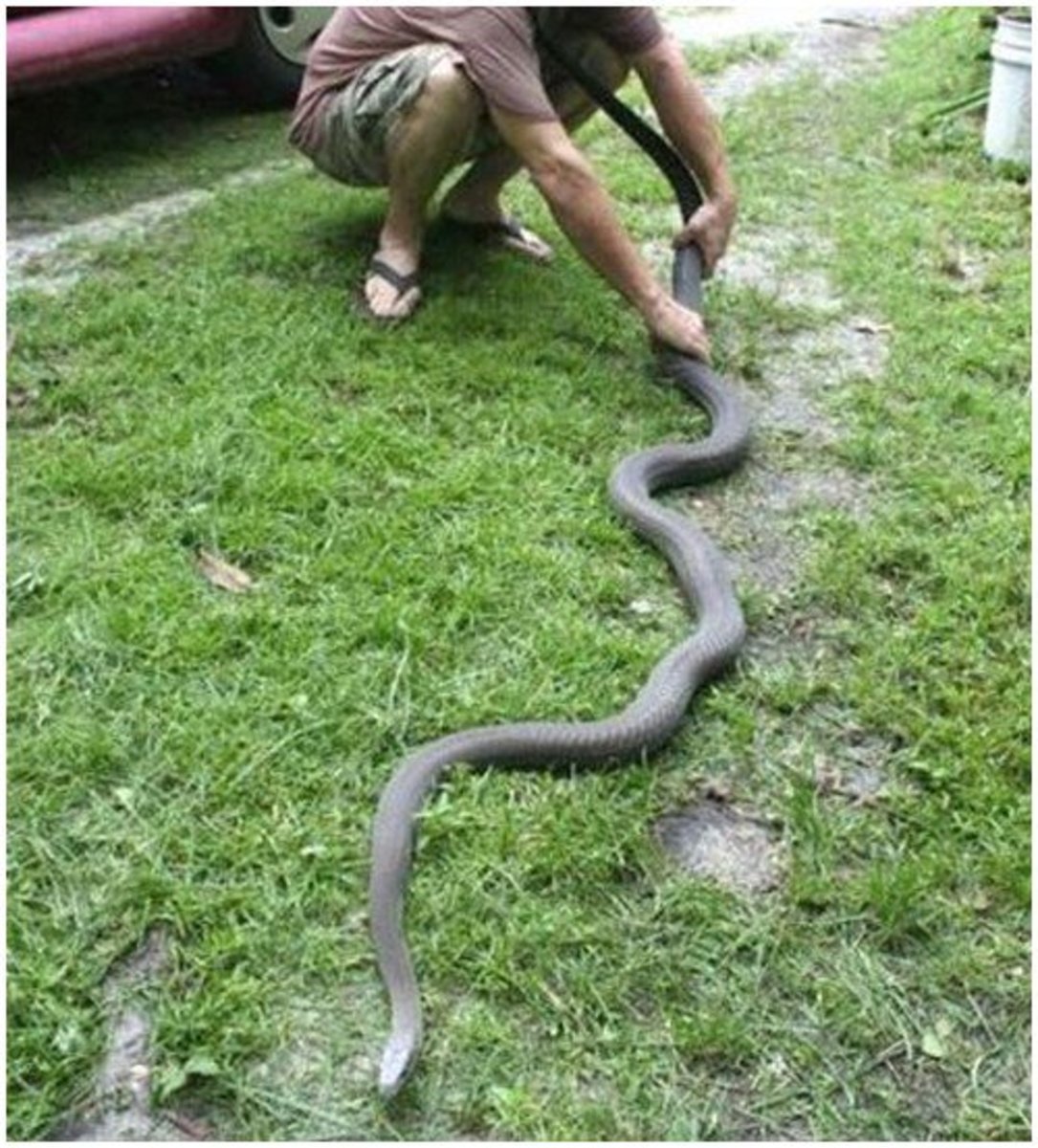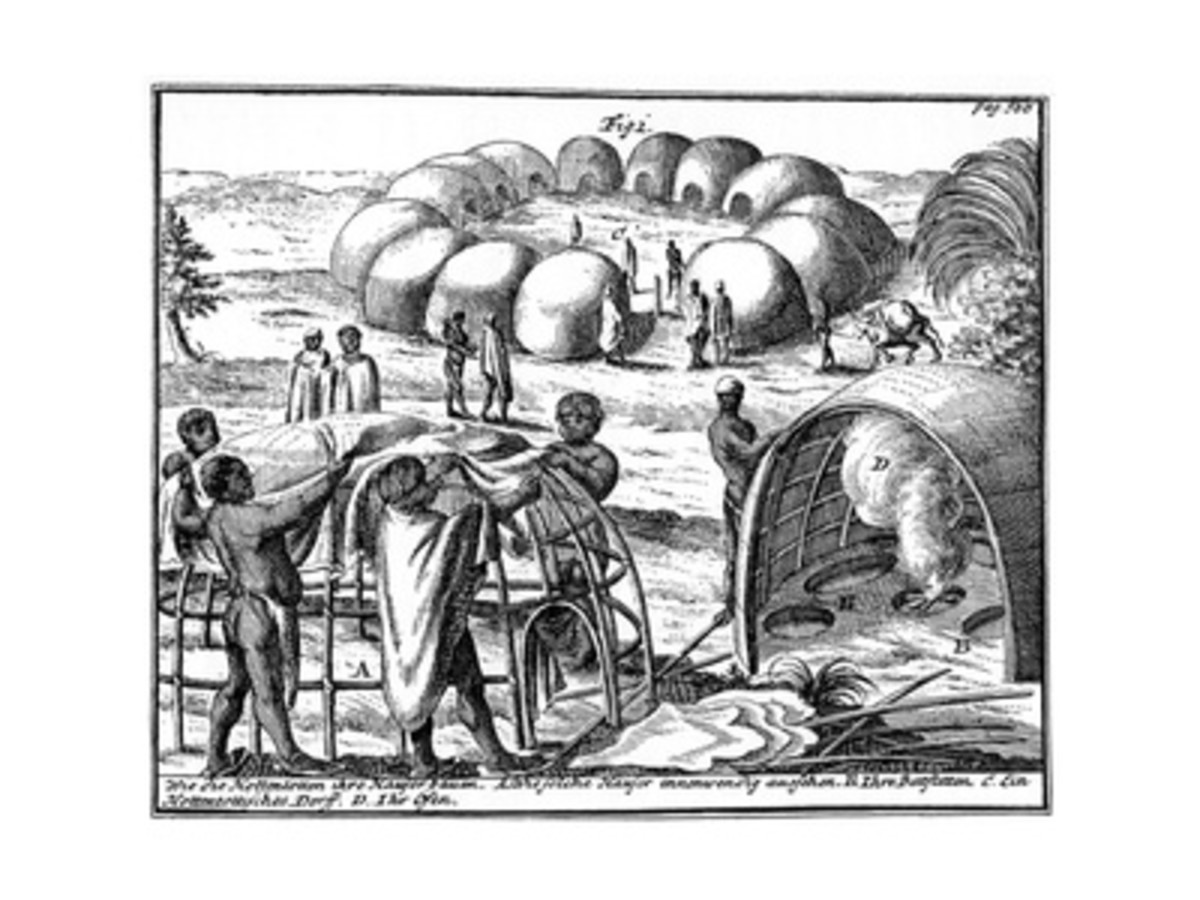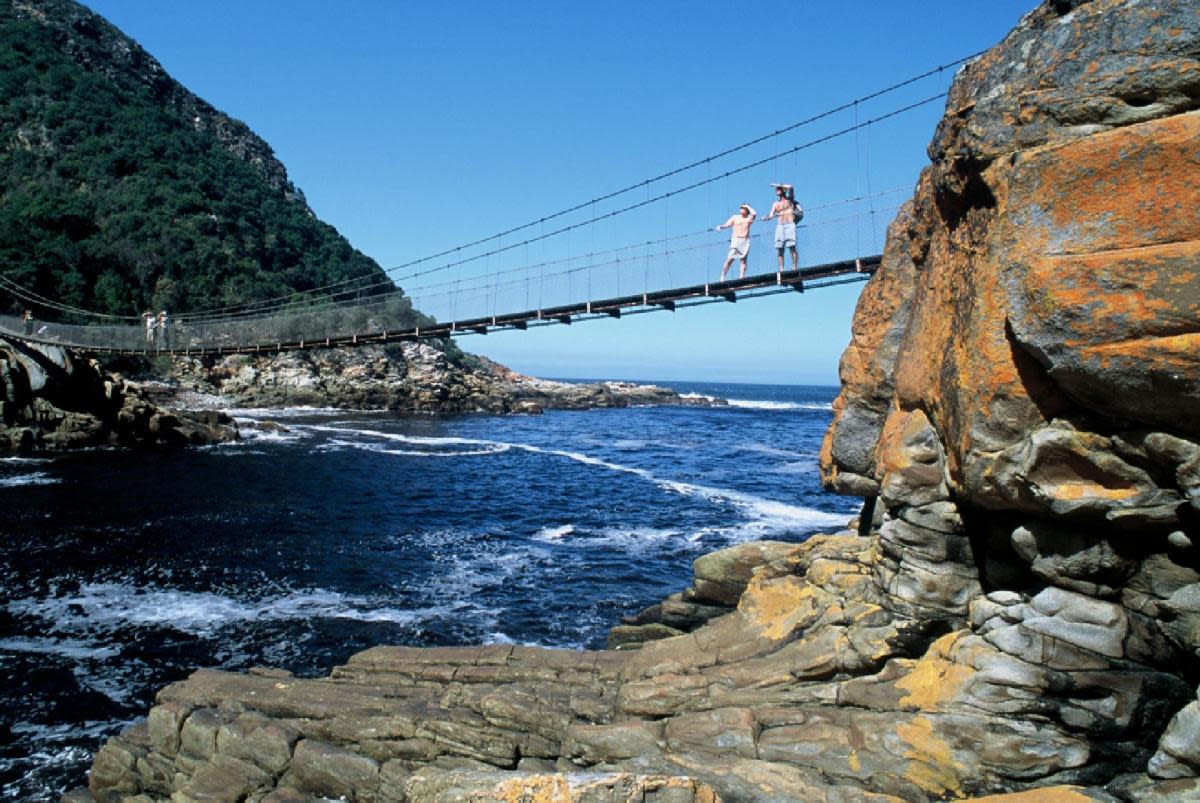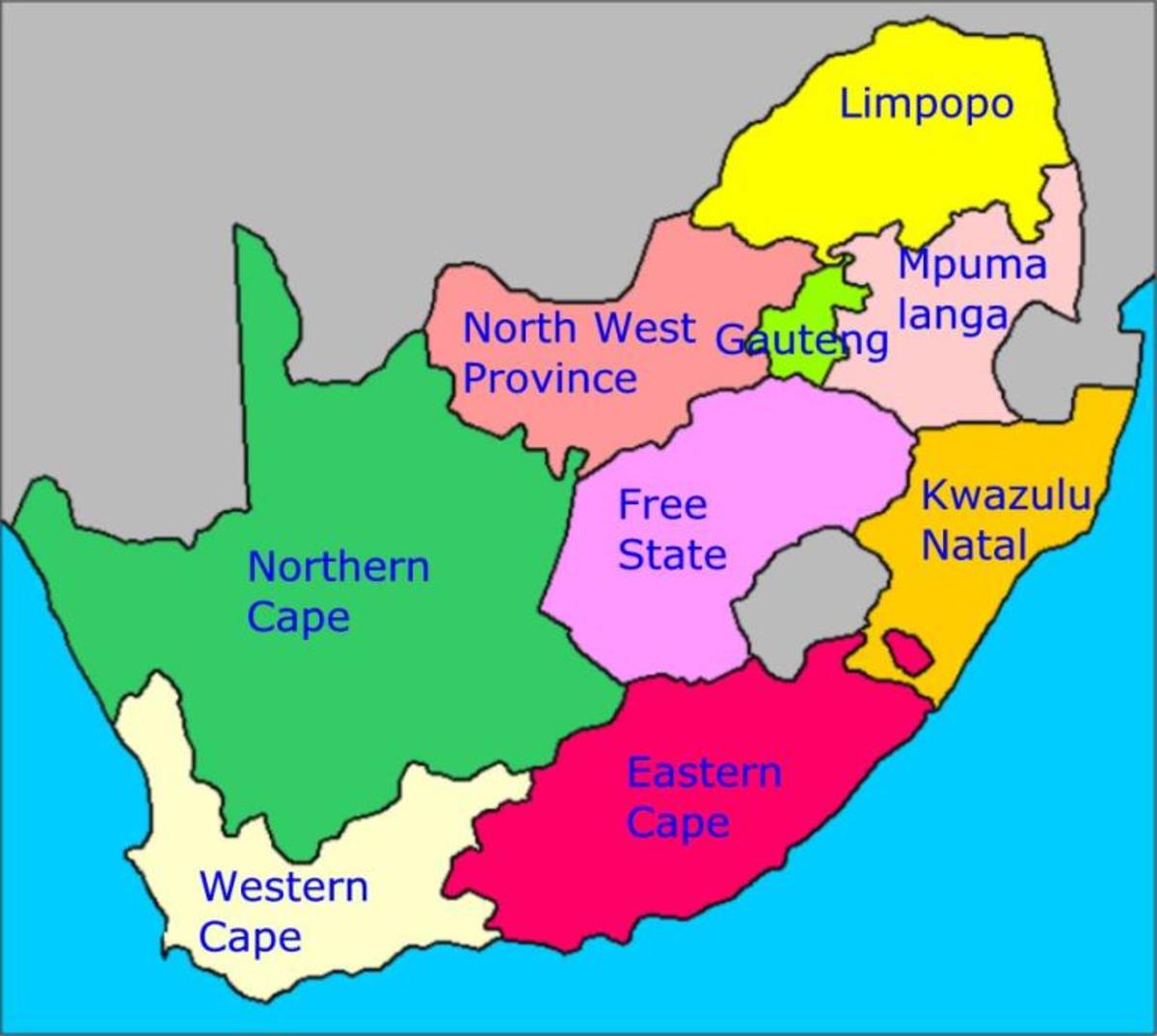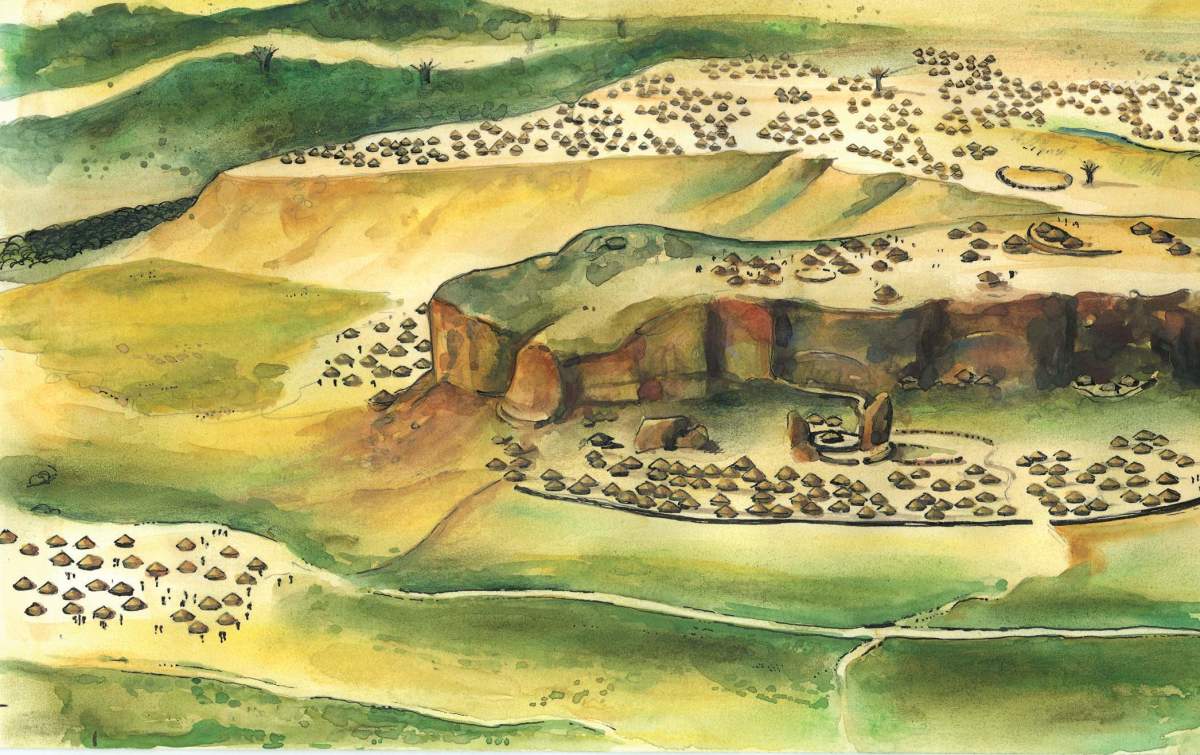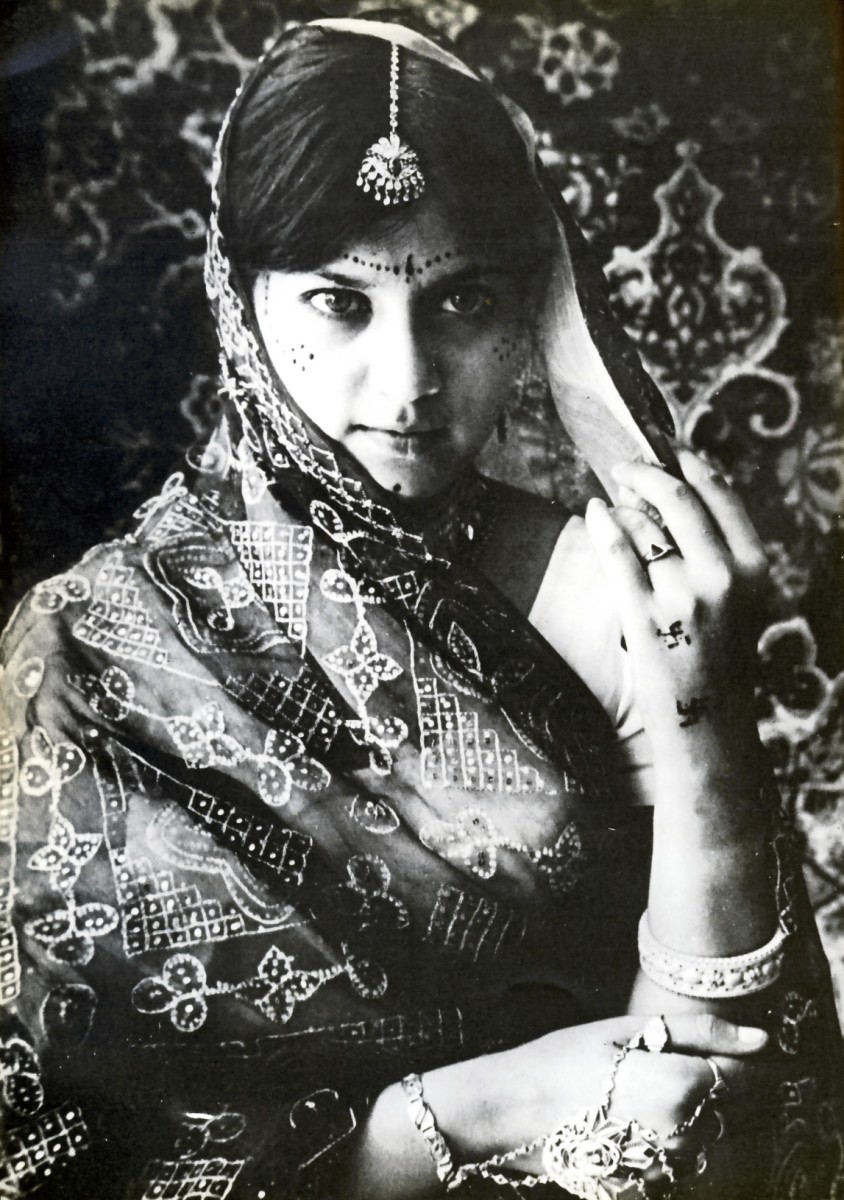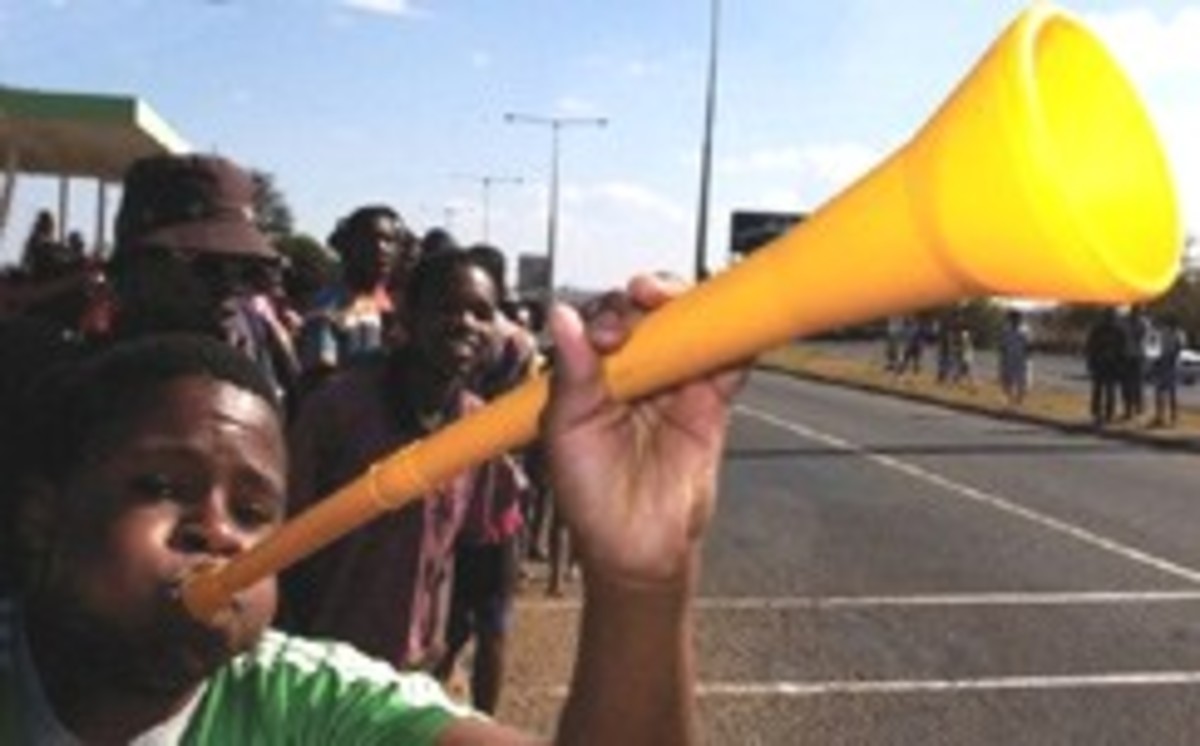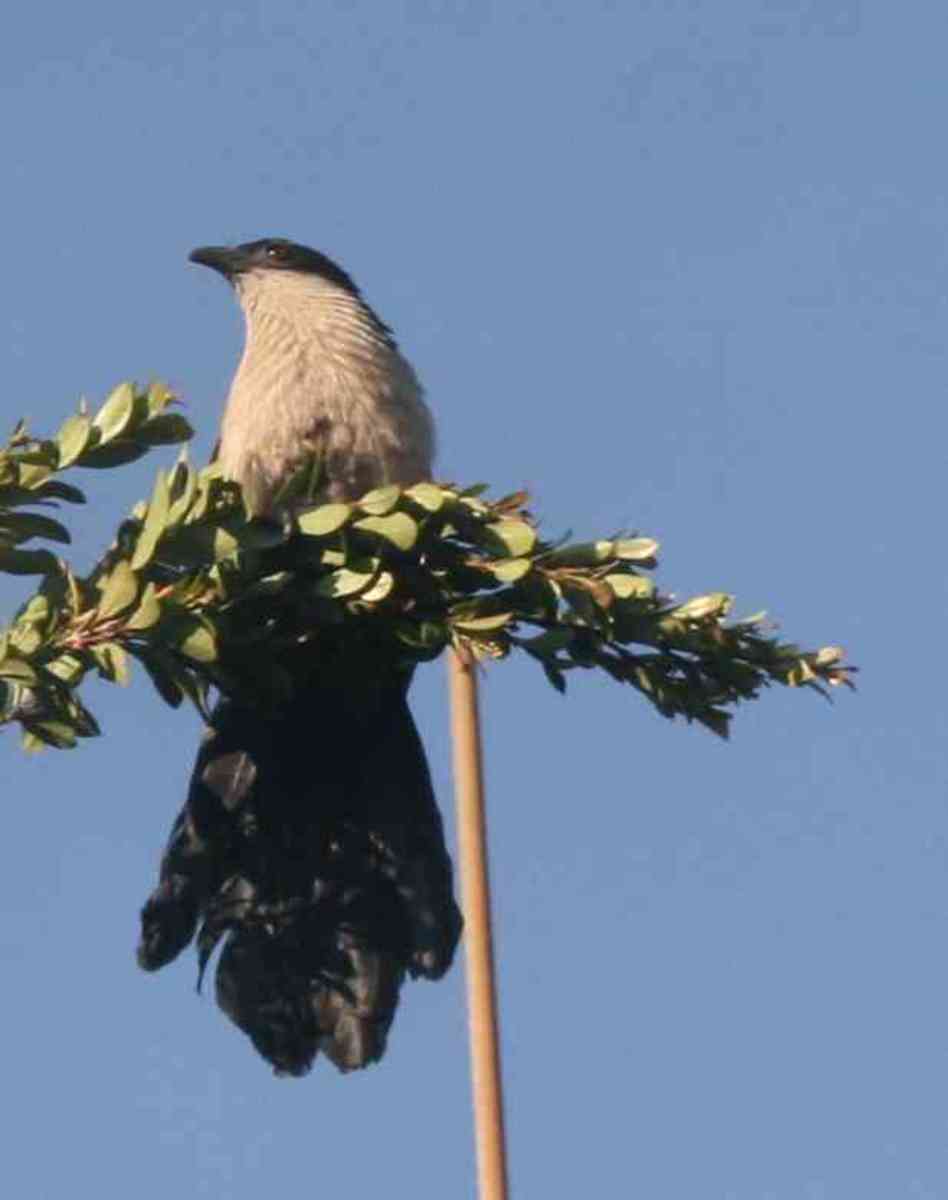- HubPages»
- Travel and Places»
- Visiting Africa»
- Travel to Southern Africa
Tour the Cape and experience the unique Cape Floral Kingdom
The smell of Africa
When I was a child my parents would drive from our home in the then Transkei to Cape Town at least once a year, most often during December. This was usually a three day journey. On day three of the trip to Cape Town a heady scent would come into the car carried on the breeze coming in the windows which were open for the heat.
When I asked my parents about the scent my mother would say, “That is the smell of Africa.” Much later I would discover that it was in fact the scent of the unique vegetation known as fynbos (fine bush, from the Dutch fijn bosch). Fynbos, pronounced “fayn bos”, is a biome unique to the southern and south western parts of the Western Province of South Africa and comprises a number of distinct plant types, in fact the richest diversity of plants anywhere in the world.
The fynbos biome is one of several vegetation types making up the Cape Floral Kingdom, which in turn is one of six designated Floral Kingdoms in the world, the other five being the Australian, covering 8% of the world's land area; the Boreal, covering 42% of the world's land area; the Paleotropic in Central Africa, covering 35% of gthe world's land area; the Neotropical in Latin America, covering 14% of the world's land area; and the Holantarctic at the tip of Latin America, covering 1% of the world's land area. The Cape Floral Kingdom covers 0.04% of the world's land area.
A Floral Kingdom is defined as “A major geographical grouping of plants, especially flowering plants, identified on the basis of floristic distinctiveness, particularly with regard to the degree of endemism at family and generic level. Some authorities distinguish between kingdoms or realms, which are accorded the highest status, and provinces, which have lesser status and go to make up the kingdoms.” (MICHAEL ALLABY. "floral province." A Dictionary of Plant Sciences. 1998. Retrieved August 05, 2010 from Encyclopedia.com: http://www.encyclopedia.com/doc/1O7-floralprovince.html)

The amazing wealth of the Cape Floral Kingdom
Imagine an area smaller than London, UK, which has almost double the number of plant species as the whole of the UK, and then you will get some idea of the incredible variety of the plant life on the Cape Peninsula in the Western Cape Province of South Africa.
That iconic feature of Cape Town, Table Mountain, which has an area of around 57 square kilometres, is home to nearly 1500 species, the same number of species as call the whole United Kingdom home. A tour of the mountain is therefore a must for anyone who loves plants.
An English naturalist, whose name features prominently in South African botany and zoology, William Burchell (1781 - 1863), while on a short walk around Lion's Head, found 105 species of plants.
The wealth of the Cape Floral Kingdom (this name was coined by the prominent botanist Dr Rudolf Marloth) was so impressive that the director of Kew Gardens, Sir William Hooker, proposed the creation of a post of Colonial Botanist. Dr Ludwig Pappe (1803 – 1862) was the first person to hold this position. He was at the same time Professor of Botany at the then South African College, now called the University of Cape Town.





Some of the characteristic flowers
The variety, sheer exuberant abundance and beauty of the flora of the fynbos biome, is perhaps best characterised by these four flowers: the Proteas (Proteaceae); the Disa; the Erica (Ericaceae); and the Watsonia (Iridaceae).
Proteas are widely dispersed in the fynbos biome, giving its name to a particular type of fynbos, the Proteoid fynbos. This fynbos type is bushy and very colourful in winter when the proteas are blooming. This type of fynbos is found most commonly at the bases of mountains, and can be seen in the Robinson's Pass in the western part of the Outeniqua Mountains in the Garden Route area, as well as on coastal plains.
The protea is the national flower of South Africa. For some 200 years the most popular, and therefore unofficial, national flower was Protea repens, also known as the “sugar bush”, but in 1976 Protea cynaroides (the “King” protea) was gazetted as the national flower. P. repens still has a major part in South African history and culture. It was the source of both sweetener and chest remedy for centuries as farmers would extract the generous nectar from the flower, boil it down into a syrup. It is also the subject of a perennially popular song in South Africa, “Suikerbos, ek wil jou hê”, (Sugarbush, I want you so), composed by Cape Town bandleader Fred Michel while picnicking on Lion's Head in Cape Town.
The Disa is a geophyte (bulbous plant) and is relatively little seen, compared with the Proteas and Ericas. It has generally a delicate, beautiful flower, most commonly red or blue. It is found in sheltered mountain gorges. There are altogether some 53 species of this orchid.
The fynbos Ericas or heaths are incredibly diverse. More Ericas occur in the Western Cape fynbos biome than anywhere else in the world, in fact, in the rest of the world together. There are more than 670 species in this area, 650 of them endemic. To put this richness into perspective, there are 14 species in Europe, nine in Malawi and north east Africa, and two in north Africa.
Some 60 Erica species are bird-pollinated, with only one bird species being morphologically adapted to perform this function, the orange breasted sunbird. Pollination mechanisms are what have led to the different flowers found on Ericas. Wind-pollinated Ericas have relatively small flowers, while insect-pollinated Ericas have larger and more colourful flowers.
Watsonias provide for some of the most beautiful displays, especially after fires, blanketing whole hillsides in brilliant colour. Watsonias belong to the Iridaceae geophytes. Some Watsonias with red tubular flowers are like the aforementioned Ericas, bird-pollinated.
Watsonias provide some of the best floral displays at the sides of roads in the Garden Route, making a reality of the name.
Fynbos flowers that have become household favourites
Given the incredible wealth and diversity of the fynbos biome it was perhaps inevitable that the flowers which grew in it would become favourites with gardeners all over the world. Here is a picture gallery of some of these.







Fynbos and eco-tourism
Eco-tourism is a growing industry in South Africa. Most visitors who are attracted come for the spectacular game viewing in the many wonderful game reserves in the country. A look at the beauty of the fynbos biome would be very rewarding for any visitor with an eye for the natural world.
The Cape Floral Kingdom stretches from Nieuwoudville in the north west of the Western Cape through Cape Town and the Cape Peninsula to just west of Port Elizabeth in the Eastern Cape Province.
In between are scenes of spectacular beauty, and of course, on a hot summer's day, of the "smell of Africa."

"A Fynbos Year" - a plea for conservation
One of the most attractive books on nature in South Africa is the wonderful, entertaining and informative A Fynbos Year by Liz McMahon and Michael Fraser (David Philip, 1988). I think it is now out of print but for a collector of beautiful books, or for a lover of flowers, this book is a lovely one to have.
The writers are both origianlly from Scotland and spent time in South Africa from 1984 on, Fraser at the University of Cape Town's Percy Fitzpateick Institute of African Ornithology.
They write in the preface to the book:
A Fynbos Year is, therfore, a general account of fynbos illustrated with chracteristic plants and animals as we found them between February 1987 and January 1988. As such, it represents our plea for the conservation of this fascinating, beautiful and highly endangered floral kingdom.
Copyright Notice
The text and all images on this page, unless otherwise indicated, are by Tony McGregor who hereby asserts his copyright on the material. Should you wish to use any of the text or images feel free to do so with proper attribution and, if possible, a link back to this page. Thank you.
© Tony McGregor 2010













